Evaluation of Sulfur Guidelines for Major Crops in MN
Study Author(s): Dan Kaiser, University of Minnesota, Department of Soil, Water, and Climate
Years active: 2016
Location(s): Clarkfield MN and Renville MN
Important: for the complete report, including all tables and figures, please download using the links to the right.
summary
Four field locations were established in areas where striping due to sulfur (S) deficiency has been noted in the past. Both field sites had soils which were relative high in soil organic matter [SOM (Table 1)]. Soil tests sulfate values are listed in Table 1 for the 0-6” and 0-24” depths. The values listed in Table 1 are reported in ppm and not in pounds per acre. A rough conversion to pounds per acre is multiplying ppm by 8. In when multiplying by 8, there would be a significant total of sulfate-S in the top two feet of the soil profile at both locations, but in particular Renville.
The data shown in Table 1 only account for three of the four replications at each location. Soil test sulfate-S concentration was extremely high in one of the four replications at each site. At Renville, Replication 2 had an average sulfate-S soil test of 105 ppm (~800 lbs sulfate-S) while Replication 4 at Clarkfield averaged 147 ppm (~1200 lbs sulfate-S) both in the top two feet of the soil profile. These large quantities of S in the soil are likely attributed to a natural layer of gypsum in the soil profile near the soil surface. The area with the high sulfate-S concentration represented the lowest topographical area in the trial at Clarkfield. The field was relatively flat overall at Renville but it is likely that the high area was in a depressional area within the trial. Soil sulfate-S values were consistent among the three other replications in the field.
